Thousands of supporters of anti-US cleric Moqtada al-Sadr on Thursday protested the occupation of Iraq, six years after the toppling of a Saddam Hussein statue symbolised the fall of his regime. Crowds lined the streets leading to Firdos Square in Baghdad, where Saddams giant bronze sculpture was wrestled to the ground with the help of US Marines in 2003, an iconic image that signalled the end of his dictatorial rule.
Many of the demonstrators chanted "No no America, Yes Yes Iraq" as others carried placards adorned with pictures of Sadr, the radical Shiite leader who became a key figure and symbol of resistance after the US-led invasion.
Some protestors waded through mud to reach the head of the procession after Baghdad was hit by a rare bout of rain, which peaked during the morning demonstration. A twin-headed effigy of Saddam and former US president George W. Bush, who ordered the 2003 invasion, was burned at the site of the fallen statue.
In a specific gesture of contempt for America, a giant Stars and Stripes flag was laid on nearby ground so that people could stomp over it. However, a message read out by Sadrs spokesman Salah al-Obeidi, directed at new US President Barack Obama, was conciliatory.
"We call on President Obama to support the Iraqi people and work on the departure of American troops," said the statement from Sadr, who is believed to be in Iran. The red, white and black colours of the Iraqi flag were prominent as thousands of people thronged the streets in a crowd that stretched back hundreds of metres (yards). Posters of Sadr were also plastered on T-walls, the giant, blast-proof concrete ramparts that dominate Baghdad. Other banners said "Occupiers leave."
Many of those gathered had camped out overnight or sheltered in nearby mosques, having travelled to the capital from Iraqs mainly Shiite south. "I came yesterday with about 500 of my friends to demonstrate against the occupation and demand its end and to call for the unity of the Iraqi people," said Raad Saghir, 28, from Kut, south of Baghdad.
Sadrs feared Mahdi Army militia, formed after Saddams fall, was accused of kidnapping and killing Sunnis during the 2006 sectarian conflict that brought Iraq to the brink of civil war. The firebrand clerics broader movement, which draws widespread support from poorer Shiites, has long been a staunch opponent of the US-led military presence in Iraq.
After prolonged unrest which reputedly culminated in fierce firefights in the shrine city of Karbala in August 2007, Sadr suspended militia activities for six months, a halt that was later extended. His militia faced a severe crackdown from Iraqi forces in March, April and May 2008 when hundreds of people were killed, prompting Sadr to declare a cease-fire in response to the severe losses.
Under a security agreement signed between Washington and Baghdad last November during Bushs tenure, US troops will withdraw from towns and cities by June 30 and from the whole country by the end of 2011. Obama used a visit to Baghdad on Tuesday to say that Iraq will soon have to defend itself, as the US troop contingent of about 140,000 begins to draw down its numbers ahead of a total pullout.
"We are strongly committed to an Iraq that is sovereign, stable and self-reliant," the president vowed, standing next to Prime Minister Nuri al-Maliki. In February, Obama announced a new strategy that will see most combat troops withdraw from Iraq by August 2010, although a force of up to 50,000 will remain until the end of the following year.
Security has improved dramatically since 2007 when Iraqi and US forces launched offensives against al Qaeda militants with the help of local US-financed and trained Sahwa "Awakening" militias, also known as Sons of Iraq. But insurgents are still able to strike with deadly results. A total of 252 Iraqis were killed in violence in March, almost the same tally as the previous month but up from January, when 191 Iraqis died in unrest. Attacks in Baghdad on Monday, Tuesday and Wednesday left at least 49 people dead and 182 wounded.
BR100
15,115
Increased By
28.1 (0.19%)
BR30
43,048
Increased By
175.6 (0.41%)
KSE100
149,493
Increased By
257.8 (0.17%)
KSE30
45,518
Increased By
11.6 (0.03%)


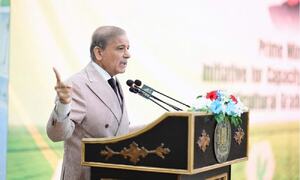


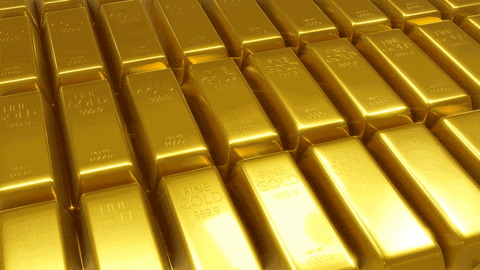







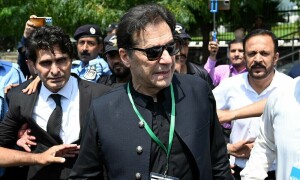

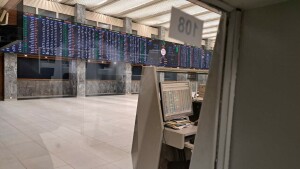
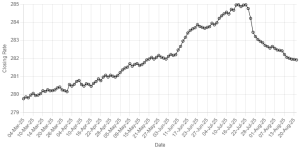
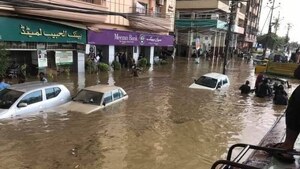

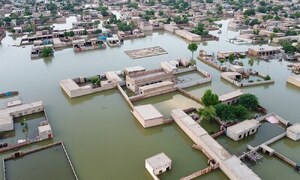
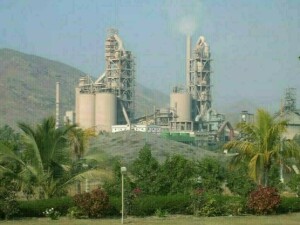
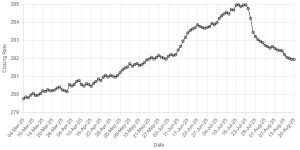
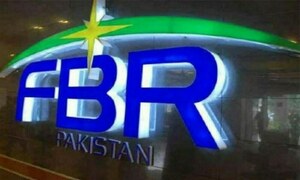
Comments
Comments are closed.